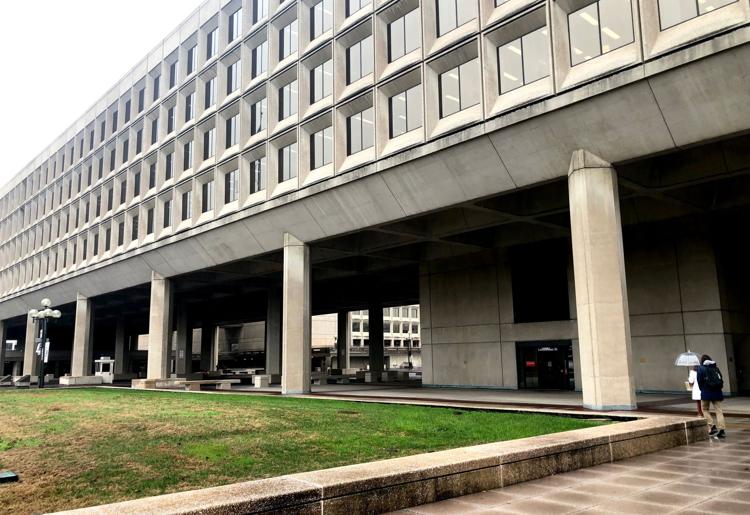Read the letter here
BY: COLIN DEMAREST | aikenstandard.com

Two prominent Democratic senators have asked a congressional watchdog to examine the National Nuclear Security Administration’s nuclear weapons spending and related workload.
The request comes a little more than two weeks after President Donald Trump unveiled his fiscal year 2021 budget request, which included $19.8 billion for the semiautonomous U.S. Department of Energy agency, $15.6 billion of which is flagged for nuclear weapons work.
That’s 25.2% above the fiscal year 2020 enacted level.
“Questions about affordability are critical given the significant expansion in NNSA’s budget and activities,” U.S Sens. Dianne Feinstein of California and Ed Markey of Massachusetts wrote in their Feb. 27 letter to the Government Accountability Office.
“The GAO raised concerns in a 2017 report about the affordability of NNSA modernization efforts,” the letter also reads, “and NNSA’s budget and activities have expanded significantly since that time.”
The independent accountability office investigates and issues reports often, touching everything from agriculture and food to national defense and tax policy.
The National Nuclear Security Administration locally, at the Savannah River Site, has a loaded plate – and officials have acknowledged it.
“So right now, our design labs and our production sites, it goes without saying, they’re pretty busy,” NNSA Deputy Administrator for Defense Programs Charles Verdon said at the 2020 Nuclear Deterrence Summit. “They’re probably going to be a little busier going forward for awhile.”
Teams here are working to convert the Mixed Oxide Fuel Fabrication Facility – a canceled, never-completed, multibillion-dollar nuclear fuel plant – into a potential plutonium pit production hub, where dozens of nuclear weapon cores could be pumped out every year. The Tritium Finishing Facility project, to replace the H-Area Old Manufacturing Facility, is underway, having recently reached Critical Decision 1. And the NNSA is set to begin a multimillion-dollar site preparation for the Surplus Plutonium Disposition project, the MOX alternative, at K-Area, a converted reactor facility now housing metric tons of plutonium.
In a budget hearing Thursday, U.S. Rep. Marcy Kaptur, an Ohio Democrat, described the National Nuclear Security Administration’s breadth of assignments as “unrealistic and risky.” U.S. Secretary of Energy Dan Brouillette, in response, noted the “agency is being asked to do a lot.”
“The expansion of infrastructure is key,” Brouillette countered. “That’s part of our capacity problem.”
Kingston Reif, the director for disarmament and threat reduction policy at Arms Control Association, has previously described the Trump administration’s latest nuclear weapons spending plan as “unnecessary and unsustainable.”
But, Reif said, “It doesn’t have to be this way.”
“Scaling back the plans for new delivery systems, warheads and infrastructure would make the modernization effort easier to execute and reduce the threat to other defense programs while still leaving a devastating deterrent,” he told the Aiken Standard.
U.S. Sens. Lindsey Graham and Tim Scott and U.S. Rep. Joe Wilson, all South Carolina Republicans, pushed Trump to boost funding for the NNSA in his budget request, letters reviewed by the Aiken Standard show.
Markey was one of three senators who last year called on congressional defense leaders to step back and reconsider plutonium pit production benchmarks. In a letter, the trio described a significantly bolstered pit production mission as “unnecessary, unachievable and ill-advised,” citing an Institute for Defense Analyses study.
